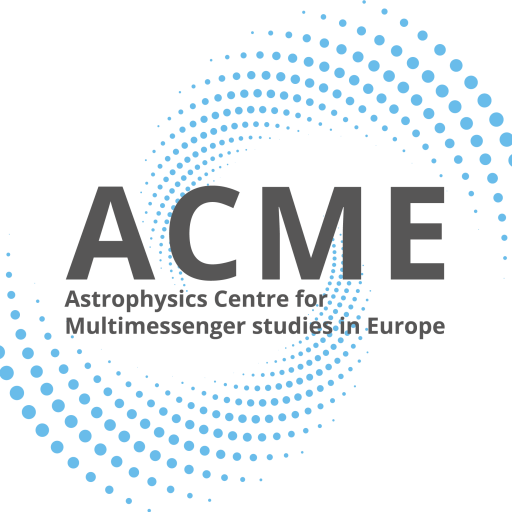XMM-Newton is an ESA cornerstone mission that was launched on 10th December 1999, in an elliptical orbit that allows continuous observation of a source for up to 40 hours. It has three X-ray telescopes that observe in the 0.2-12.0 keV range, each with an EPIC detector (one pn and two MOS) with a 30’ field of view and a timing resolution of 33 microseconds – 2.6 s. It has an angular resolution of ~4’’ FWHM on axis (with little degradation off axis) and reaches a sensitivity of ~1 x 10⁻¹⁵ erg cm⁻² s⁻¹.
There are also two high resolution spectrographs (Reflection Grating Spectrograph, RGS) which observe in the 0.33-2.5 keV (5-38 Angstroms) range that have a spectral resolution between 100-500, useful for sources brighter than ~1 x 10¹³ erg cm⁻² s⁻¹.
There is also an Optical Monitor (OM) observing in 6 different filters from the UV to the optical (UVW2, UVM2, UVW1, U, B, V), with a 17’ field of view and the possibility of carrying out fast photometry or grism spectroscopy with a resolving power of ~180. It can observe between a V magnitude of ~7.4 and ~20.7 magnitudes. The angular resolution is 1.4-2.4’’. The X-ray catalogue contains more than a million detections (~700000 X-ray sources) and the optical catalogue contains almost 10 million detections.
For more about XMM-Newton see : https://www.cosmos.esa.int/web/xmm-newton
